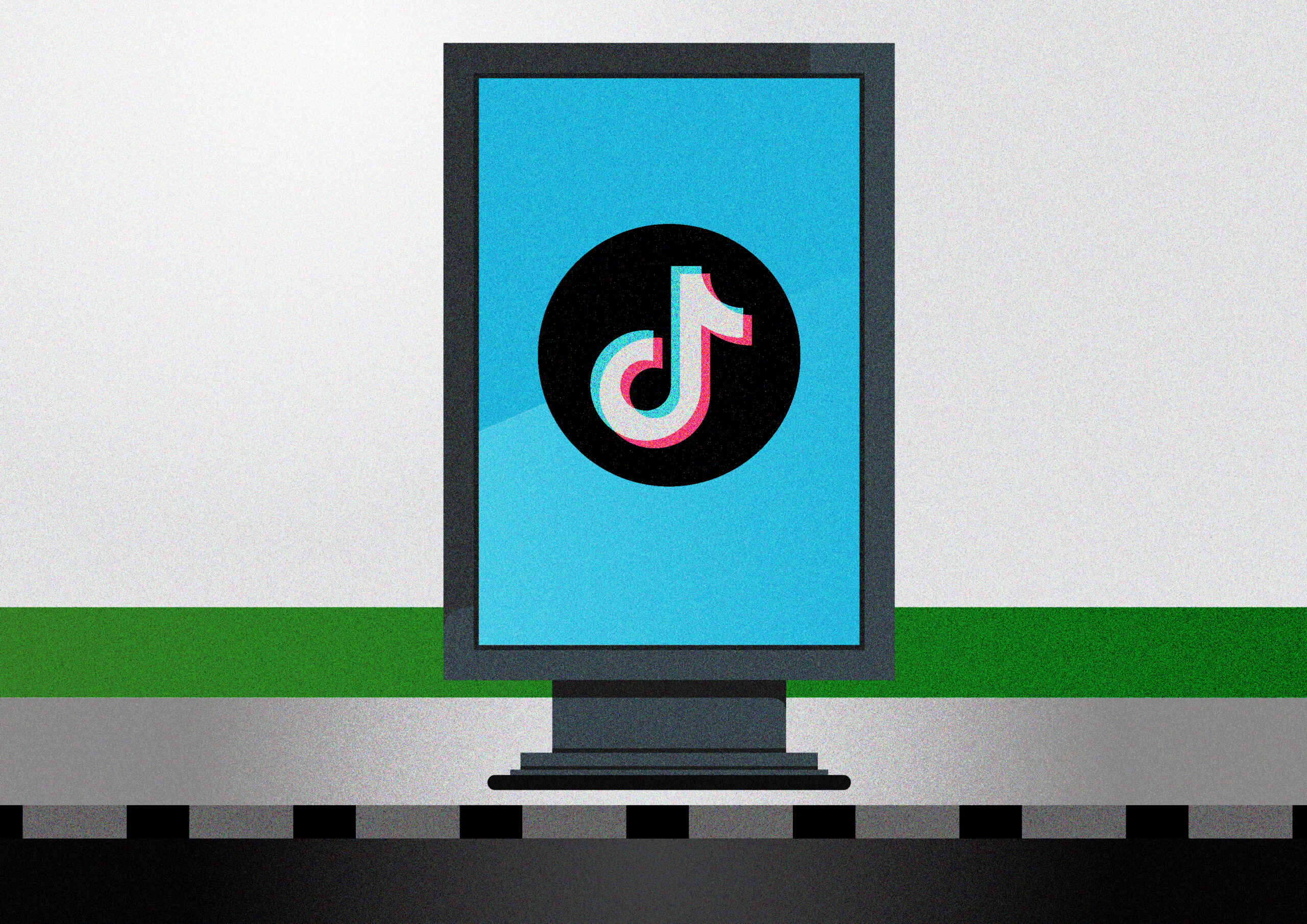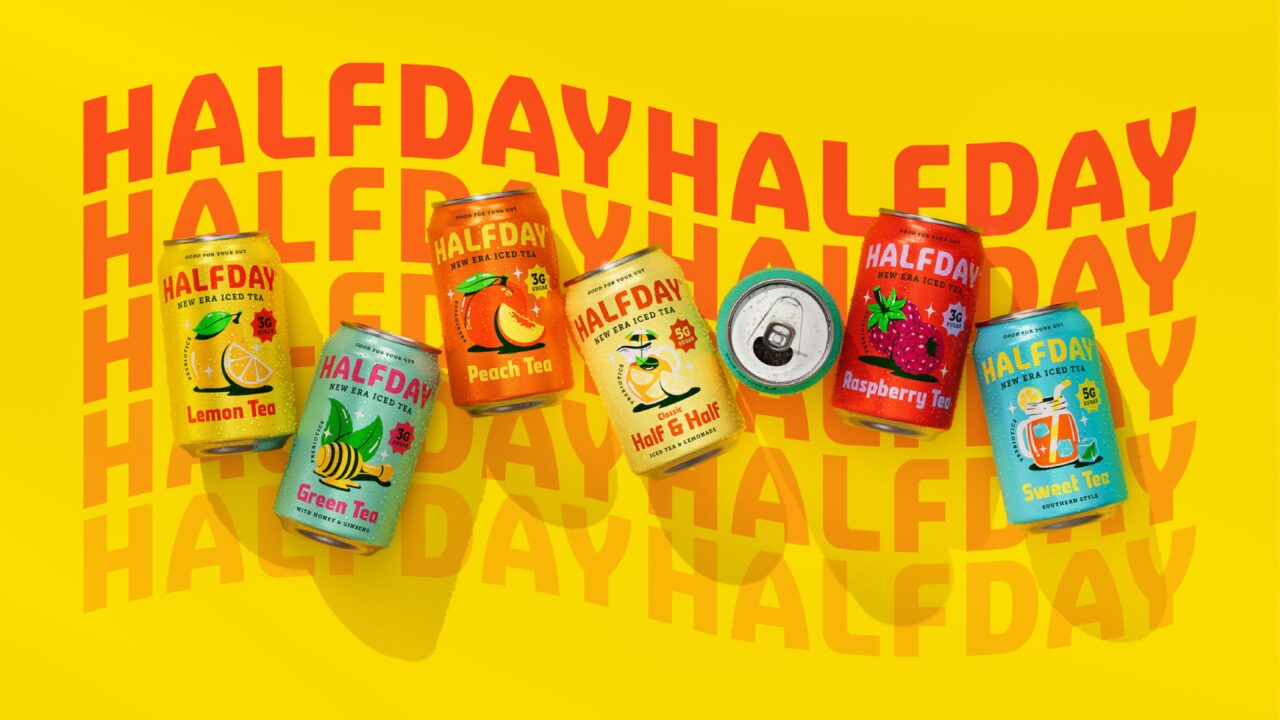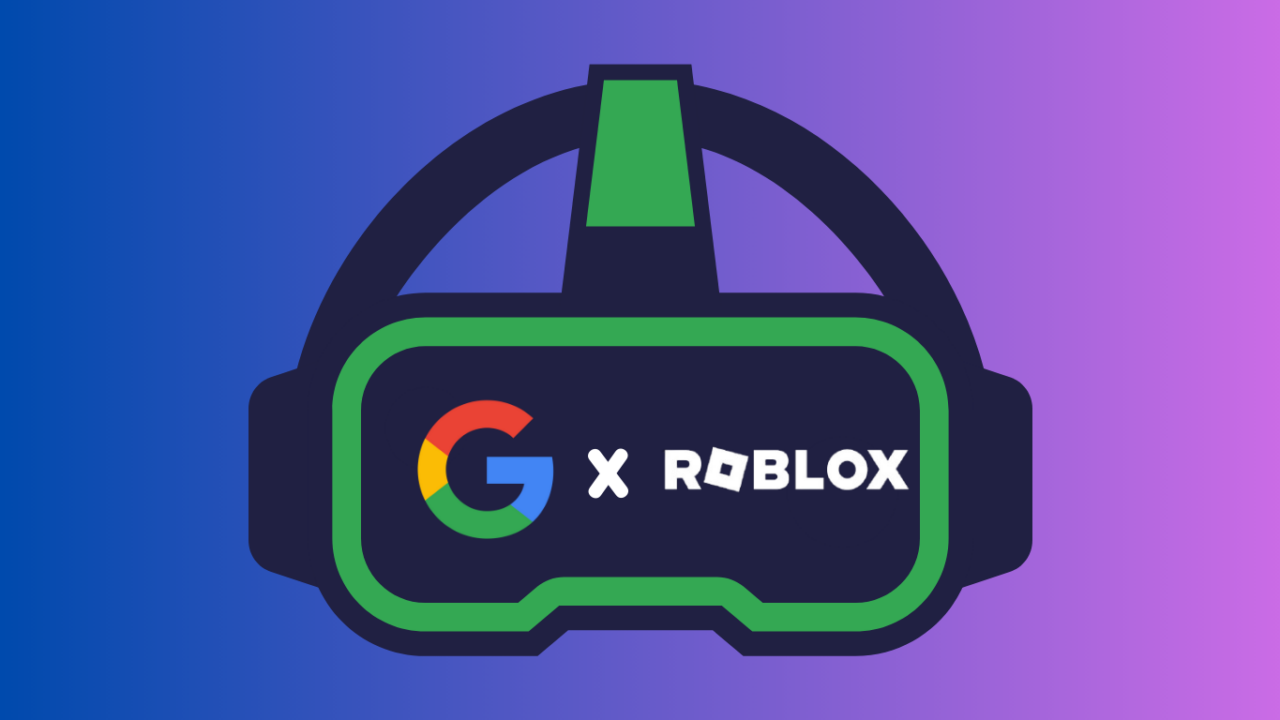Marketers Examine the Prolonged Influence of TikTokification

The TikTokification trend, which occurs when social media platforms adopt features and functionalities similar to those found on TikTok in recent months, has led to the adoption of TikTok’s style and influence. Among younger demographics, TikTok has seen tremendous growth and popularity, which has prompted many social media apps to adopt this trend.
Popular apps like X, Instagram, Facebook, and LinkedIn have seen an increase in influencers recently as LinkedIn has seen an increase in influencers. TikTok’s algorithm analyzes user behavior and preferences to suggest videos and creators based on their interests, helping users discover new videos. The emphasis on algorithm-driven discovery of content has led other platforms to improve their recommendation systems to enhance user engagement and retention.
In addition to music, TikTokification has influenced news coverage, as well as content creation, with the shift affecting not only how people consume content, but also how they create and share it. In order to stay relevant and attract users who like this style of content, social media platforms are incorporating TikTok-like features. Short-form video content is increasingly popular, so creators and brands are looking for ways to harness its popularity to drive engagement and retention.
TikTokification is expected to continue this trend, according to marketers and agency executives, while also acknowledging its impact on social media platforms and its influence on content consumption.
Marketers’ Outlook: The Continuation of TikTokification
HypeFactory’s Marketing & PR Director, Daria Belova, explains that people have become accustomed to watching short-format content on TikTok, not just on YouTube. Although YouTube Shorts have gained popularity, its long video format continues to make it a popular platform. Longer videos provide a deeper connection to the audience and hold their attention longer. Last year, TikTok announced that it would experiment with long format content. Other platforms are not only mimicking TikTok’s style, but also trying to compete for the audience’s attention.
“The idea behind this is to prevent users who prefer longer content from migrating to YouTube,” said Belova. “Introducing a new format would be more profitable and help TikTok keep their audience engaged on their platform.”
In addition to sharing the same sentiment, Stephanie Harris, the founder & CEO of PartnerCentric, an independent partnership marketing agency, noted that concentrating on algorithm-driven, personalized feeds will centralize cultural trends, causing viral phenomena to become more widespread and short-lived, as well as overshadow regional and subcultural identities, contributing to a uniform global digital culture.
“This shift could challenge platforms and creators to find new ways to stand out in a crowded market, pushing innovation in content delivery and engagement strategies. However, it also raises questions about the long-term effects on cultural diversity, attention spans, and the depth of online interactions. As digital culture flattens, the challenge will be maintaining the richness and variety that make the digital world a vibrant tapestry of ideas and expressions,” said Harris.
Drawbacks and Risks of TikTokification
In addition to bringing several benefits, the TikTokification of social media apps comes with several drawbacks and risks as well:
- Short-form video content becomes oversaturated as more platforms adopt TikTok-like features. In the absence of quality content, creators may prioritize quantity over substance, causing content fatigue among users.
- As creators imitate popular trends and formats rather than creating unique content, TikTok-style content may result in a lack of originality and creativity. As a result, content could become homogenized across platforms and differentiated.
- There are also privacy concerns associated with short-form video content. These videos encourage users to share personal details and intimate moments, raising concerns about data security and privacy. These platforms might be exploited or misused by malicious actors.
“As we’ve begun to see, content across platforms is becoming more homogenous, blurring the lines between why users preferred certain platforms in the first place,” said McKenzie Fields, Director of Strategy at Reach Agency. “This in turn could result in a decrease overall in app usage, and stifle the creative spark of the innovative creators that drive us forward in the digital landscape. Trending audio has also opened the doors to legality and usage questions, especially in regards to brands and paid media.”
Addressing Short Attention Spans in Content Consumption
Fields, alongside Stephanie Harris, highlighted the surge in authentic and relatable content, leading to higher share rates of TikTok-style content. The immersive, full-screen format and prioritization of short-form videos on TikTok have enhanced viewer retention, influencing other platforms. However, the TikTokification trend risks perpetuating short attention spans, homogenizing content, and amplifying divisive ideologies due to algorithm biases, posing significant concerns for societal discourse.
Madison Rogers, a creative strategist at FUSE Create, expressed concerns regarding social media platforms losing their authenticity and distinctiveness in the wake of the TikTokification trend. Rogers believes that platforms like Instagram and YouTube initially attracted users for specific purposes—sharing curated photos and viewing long-form content, respectively. Rogers warns that deviating too far from these original attractions risks alienating a significant portion of their follower base.
“This doesn’t mean I’m against platforms evolving and trying to adapt to the current social media landscape, but with TikTokification it creates a roster of [content copycats]. It will be increasingly difficult for brands and content creators to stand out amongst a saturated social media market,” said Rogers.
TikTok users are 75% more likely to use Instagram than other platforms in the US, according to eMarketer. Users can switch between platforms depending on their preferences. When an individual is not an influencer or content creator with a sizable following on a particular platform, transitioning is relatively easy. The loss of users may occur if a platform fails to meet user expectations, is banned, or is perceived as less authentic than its counterpart on another platform.
Rogers finds it intriguing to note that some audiences exhibit a preference for Instagram Reels over TikTok, despite their similarity in functionality. She observes that users who are accustomed to Instagram’s interface may perceive Reels as a sufficient alternative to TikTok, given that both platforms offer comparable features. Rogers suggests that for some users, the reluctance to embrace TikTok may stem from a sense of pride or superiority, viewing TikTok as a platform with a lower status.





